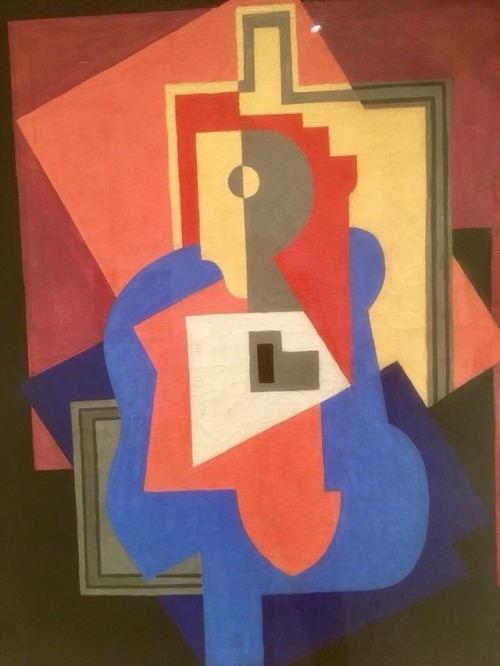


Early Futurist paintings hold in common with Cubism the fusing of the past and the present, the representation of different views of the subject pictured at the same time or successively, also called multiple perspective, simultaneity or multiplicity, while Constructivism was influenced by Picasso's technique of constructing sculpture from separate elements. In France and other countries Futurism, Suprematism, Dada, Constructivism, Vorticism, De Stijl and Art Deco developed in response to Cubism. The impact of Cubism was far-reaching and wide-ranging. In France, offshoots of Cubism developed, including Orphism, abstract art and later Purism. A retrospective of Cézanne's paintings was held at the Salon d'Automne of 1904, current works were displayed at the 19 Salon d'Automne, followed by two commemorative retrospectives after his death in 1907. One primary influence that led to Cubism was the representation of three-dimensional form in the late works of Paul Cézanne. The movement was pioneered by Pablo Picasso and Georges Braque, and joined by Jean Metzinger, Albert Gleizes, Robert Delaunay, Henri Le Fauconnier, Juan Gris, and Fernand Léger. The term is broadly used in association with a wide variety of art produced in Paris ( Montmartre and Montparnasse) or near Paris ( Puteaux) during the 1910s and throughout the 1920s. Cubism has been considered the most influential art movement of the 20th century. In Cubist artwork, objects are analyzed, broken up and reassembled in an abstracted form-instead of depicting objects from a single viewpoint, the artist depicts the subject from a multitude of viewpoints to represent the subject in a greater context. Indeed, reality is invoked in phrase-like fragments, like a sentence, which combine to create a rich constellation of meanings.Pablo Picasso, 1910, Girl with a Mandolin (Fanny Tellier), oil on canvas, 100.3 × 73.6 cm, Museum of Modern Art, New YorkĬubism is an early-20th-century avant-garde art movement that revolutionized European painting and sculpture, and inspired related movements in music, literature and architecture. Rather than trying to accurately represent reality, Braque is playing with textures, shapes, and composition to construct a painting that is half recognizable and half symbolic. When first observing Fruit Dish and Glass, one might recognize a glass filled with grapes and pears, but these elements are flattened and distorted versions of actual objects.

It can act as the foreground, the background, or both. He noticed that because the paper looks realistic and yet it is flat, and pasted on, it undermines spatial relationships. He may also have wished to use the paper to create a visual pun about the nature of representation. Braque then may have found it amusing to incorporate the woodgrain paper in his piece. Braque may have been drawn to this paper because he was trained in a technique called trompe-l'oeil which allowed him to create pictorial effects that resemble woodgrain and marble finishes, but are made with paint and a special wide comb. Braque was inspired to create this piece after visiting an Avignon shop where he purchased a roll of faux bois paper, simulating oak paneling and consisting of two kinds of printed motifs on a dark beige background. Fruit Dish and Glass (1912) is most notable for being the first papier collé, a technique which Braque invented.


 0 kommentar(er)
0 kommentar(er)
